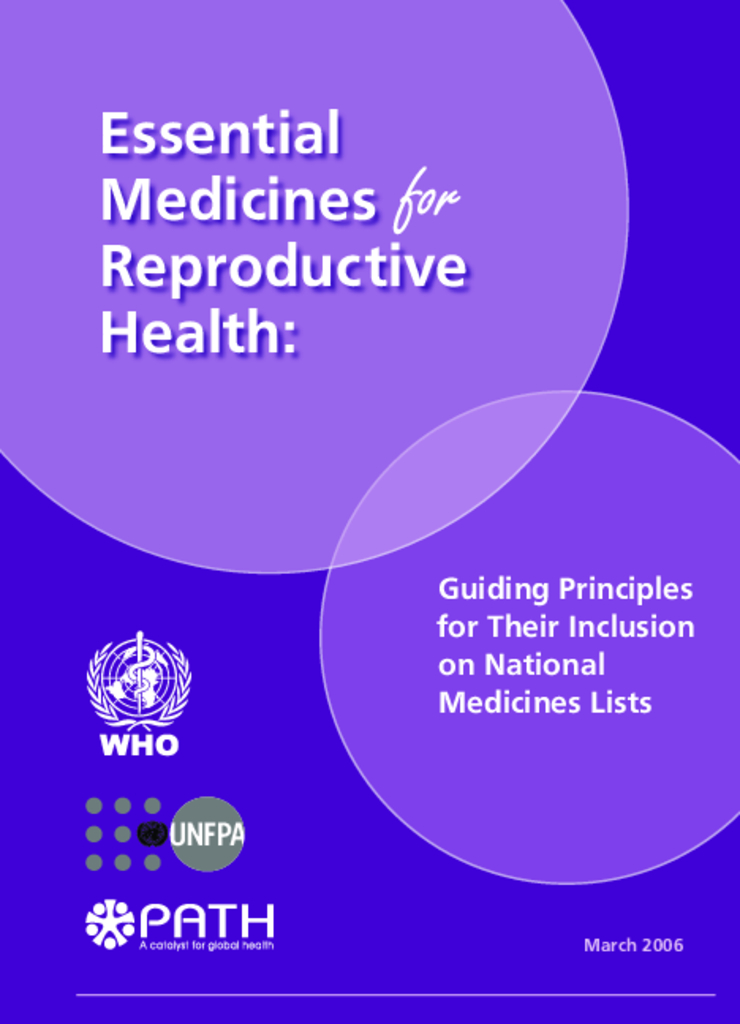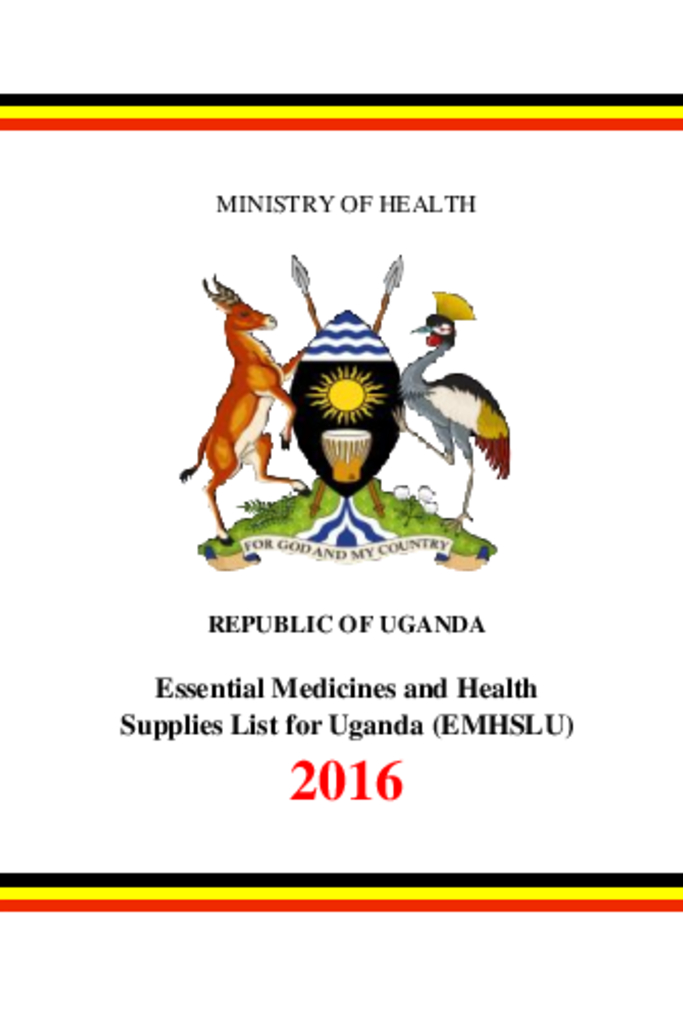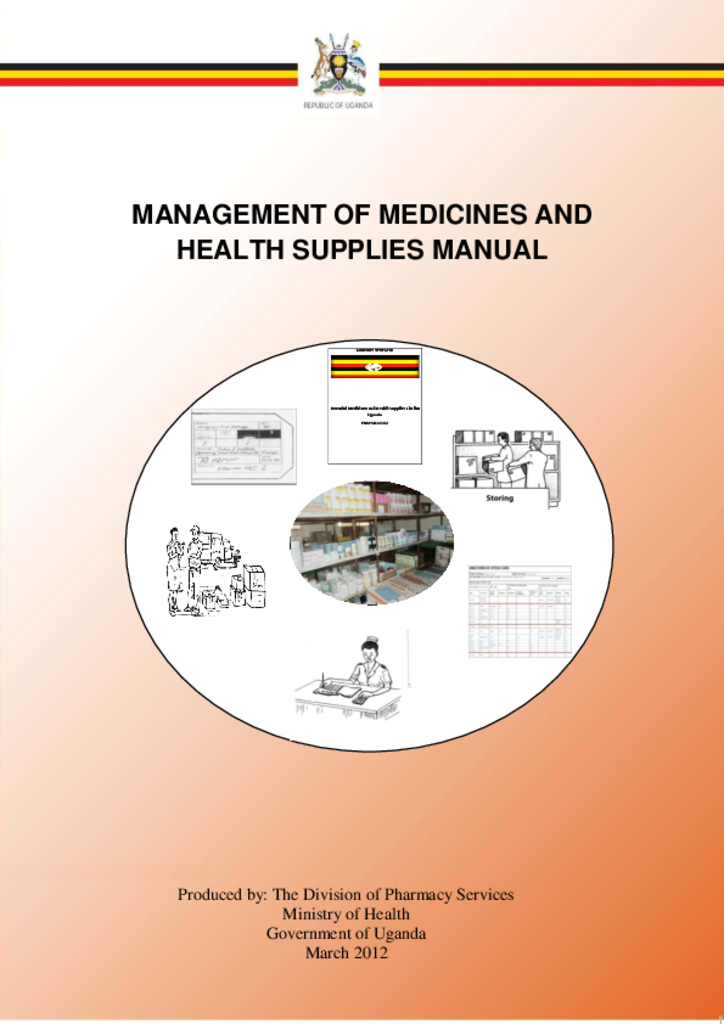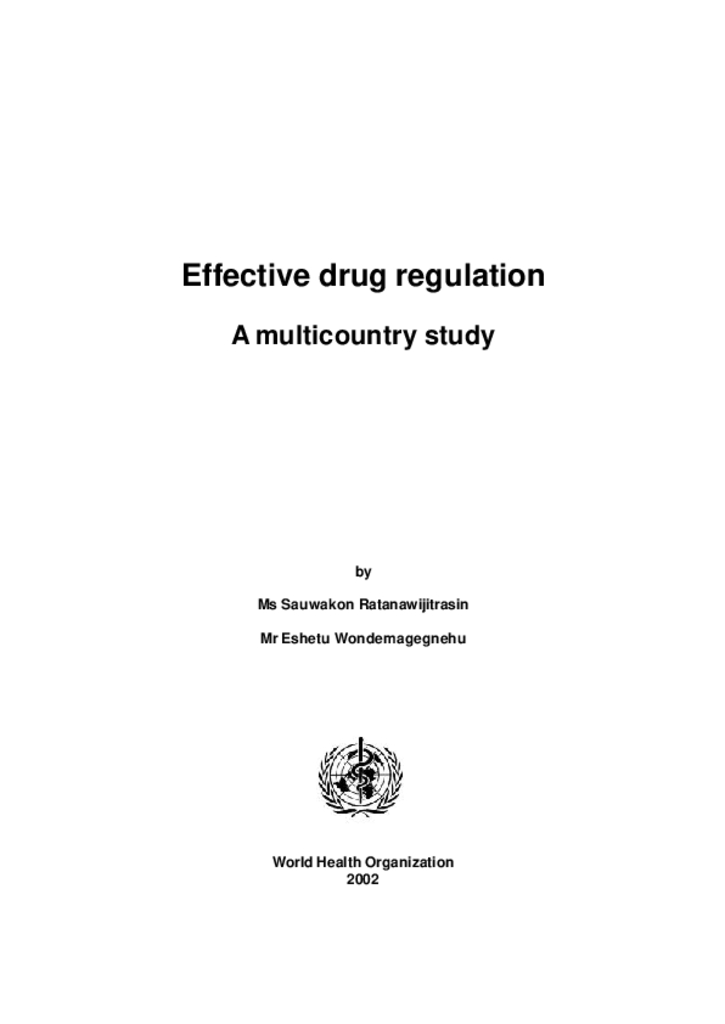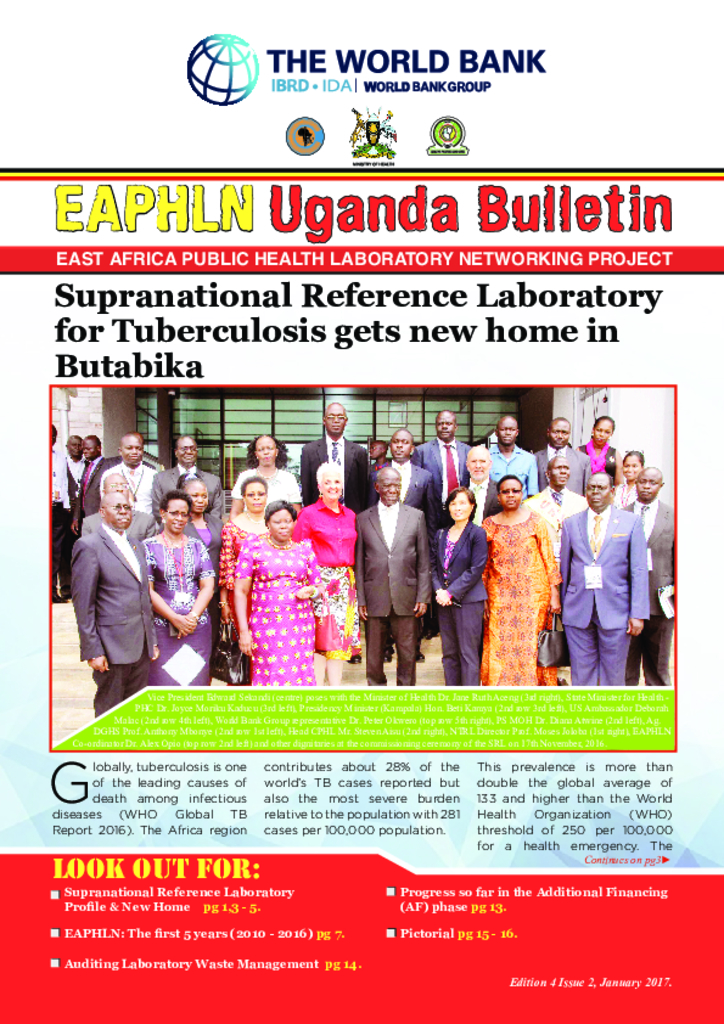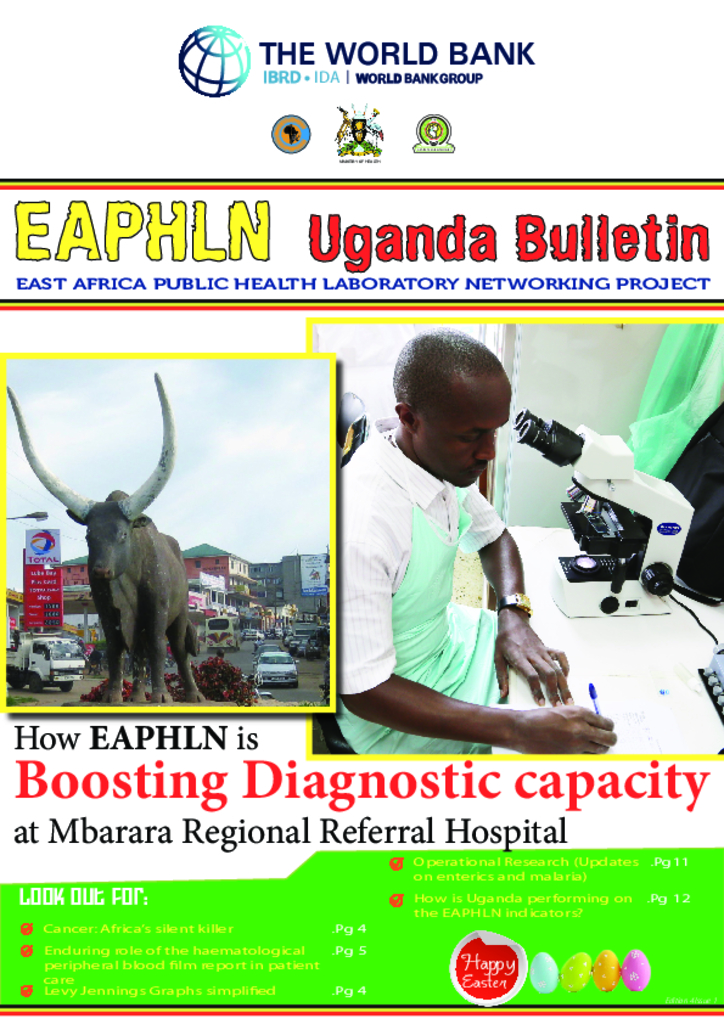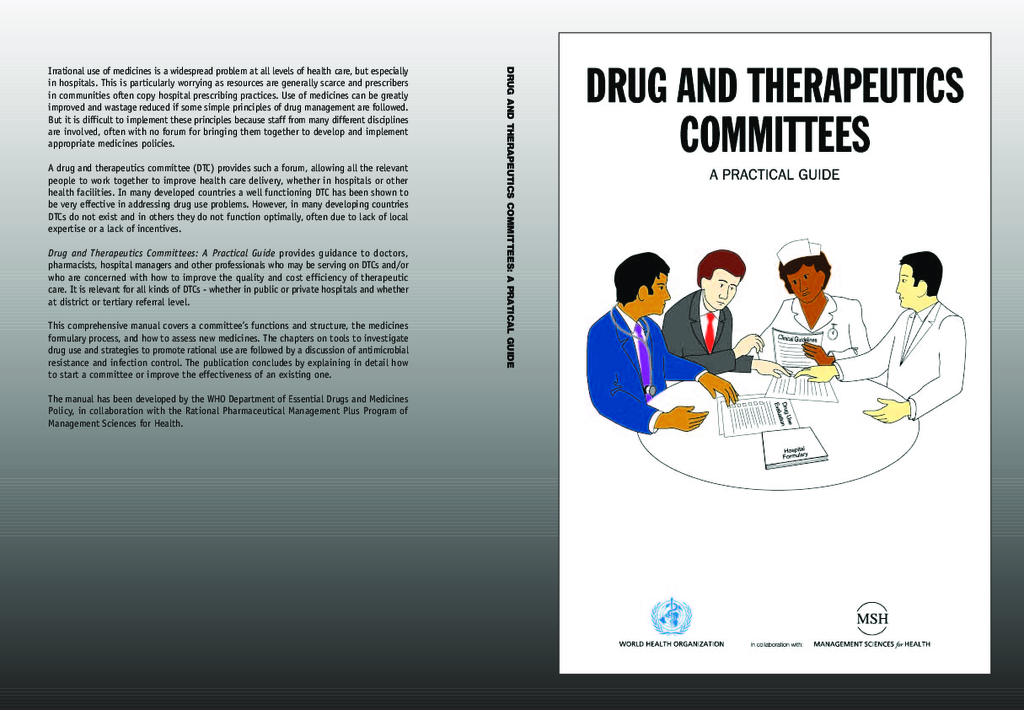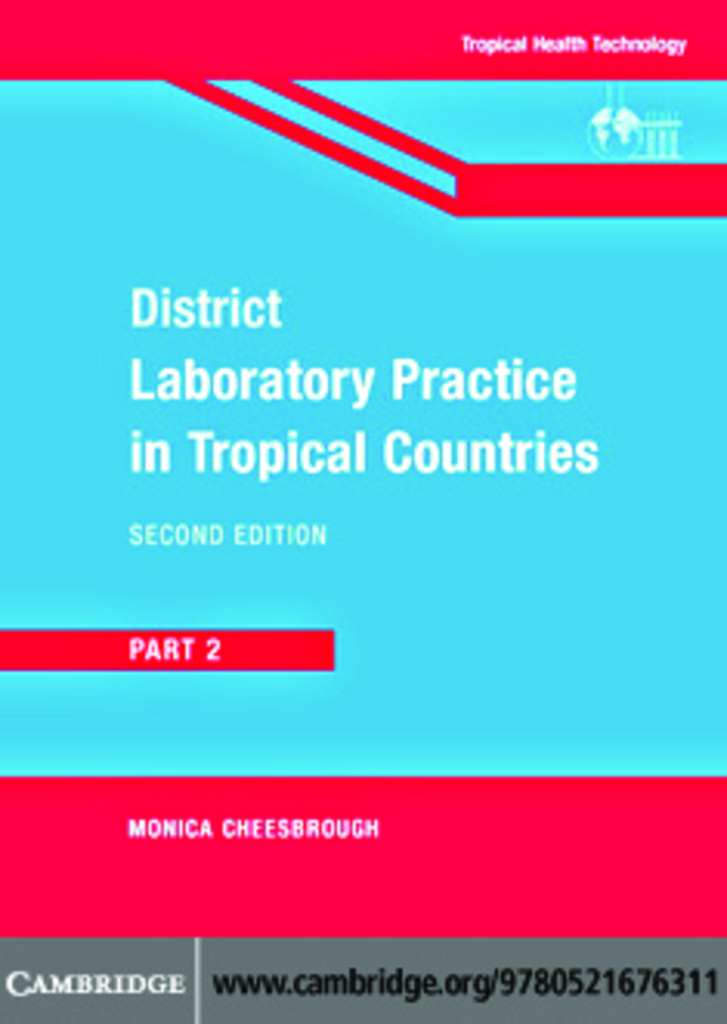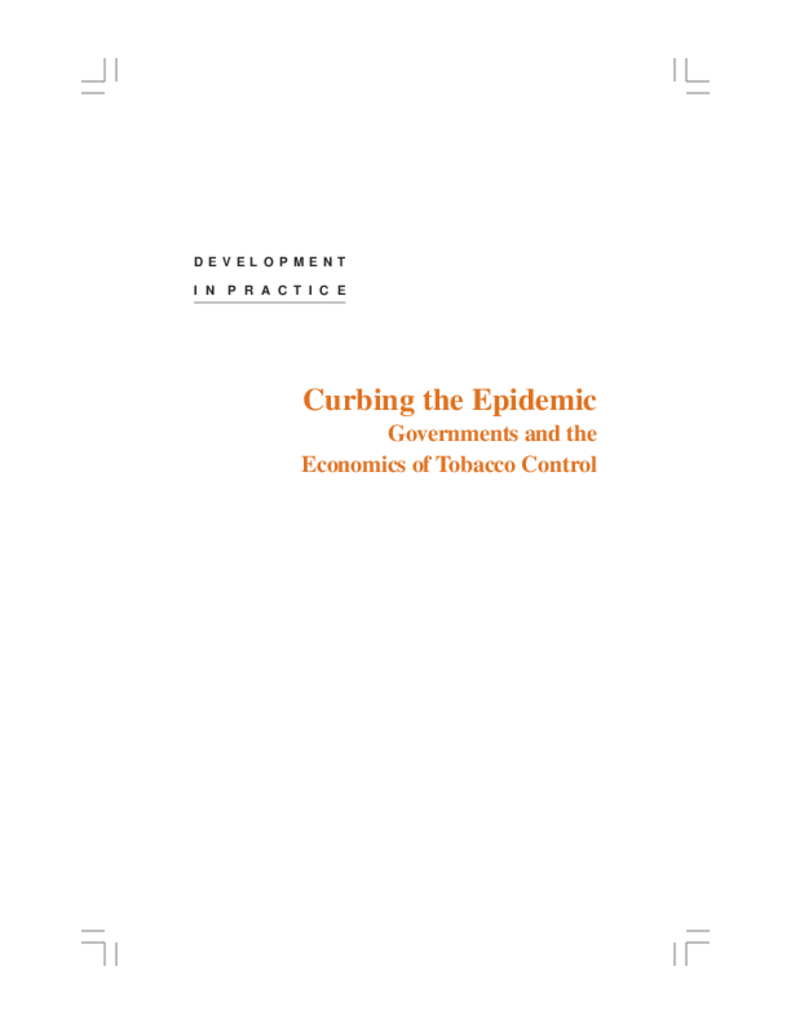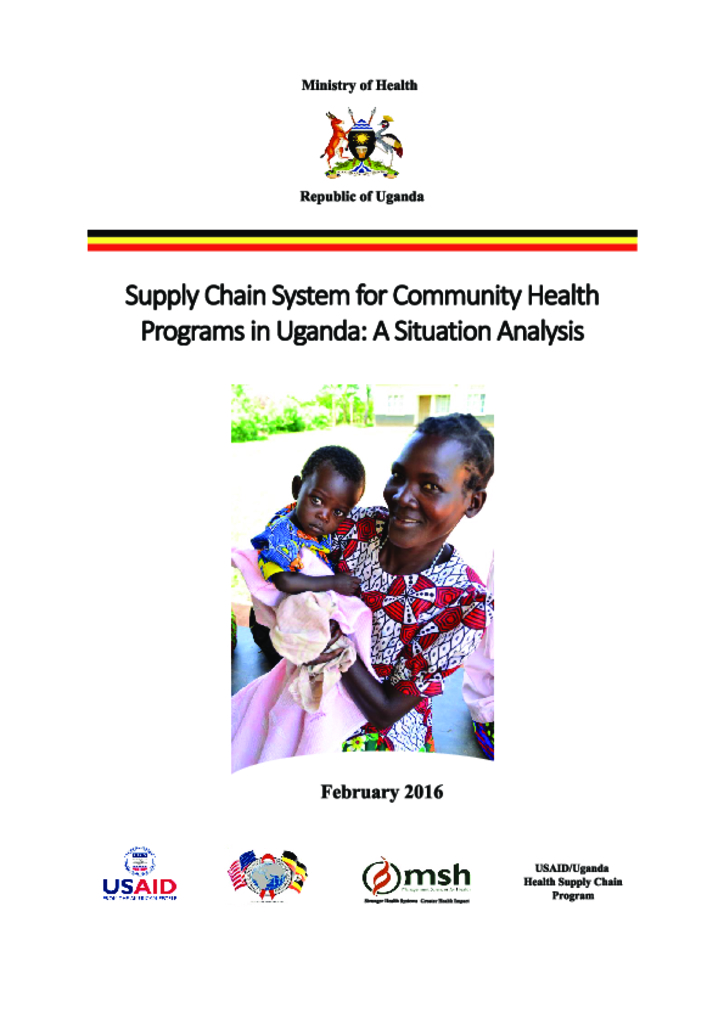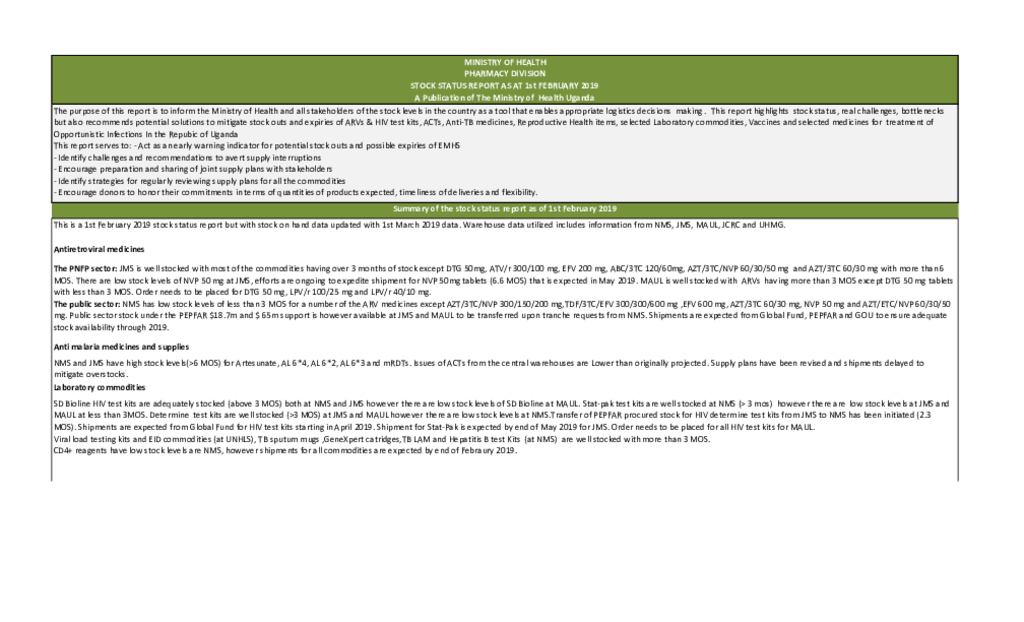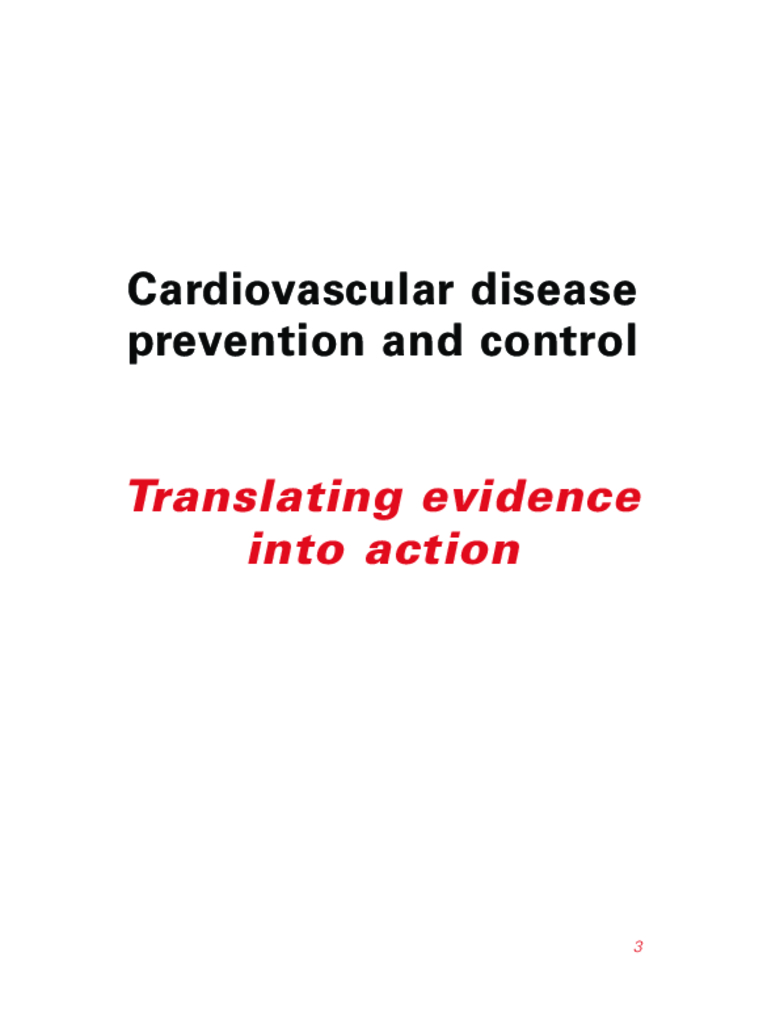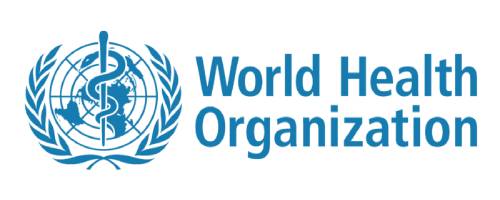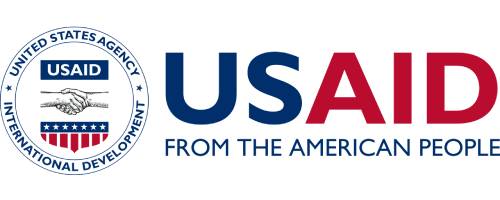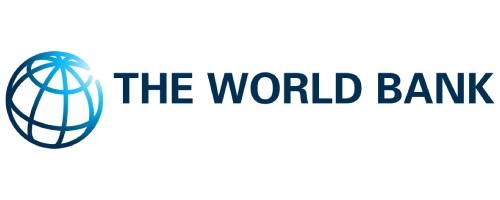After immunisation for common childhood illnesses, appropriate use of essential medicines is one of the most cost-effective components of modern health care.2 In 1977, the World Health Organization (WHO) launched its first list of essential medicines. The model list was designed to prioritise the most important medicines for public health and was the centrepiece of a strategy to enhance their availability, especially in less-developed countries.3 Essential medicines lists (EMLs) give priority status to medicines that address a country’s most pressing public health problems—they are a vital tool for improving and maintaining health.
The Essential Medicines and Health Supplies List for Uganda (EMHSLU) 2016 is a list of safe, efficacious, and cost-effective medicines and health supplies that suit the health care needs of the majority of the Ugandan population. Access to essential medicines and health supplies is fundamental to ensuring equitable health care to the population. In addition, availability of proper diagnostic supplies and technologies ensures the appropriate use of these medicines and guarantees the overall quality of care received by the patients
This manual was developed by the Pharmacy Division, Ministry of Health, in collaboration with the Securing Ugandans’ Right to Essential Medicines (SURE) Program with assistance from health workers representing all levels of care. The purpose of this manual is to provide health workers with a reference book on managing the supply chain for medicines and related health commodities. Medicines and health supplies form the second biggest expenditure in the health sector after human resources. Efficient management of these resources requires that health workers have the right skills, knowledge, attitude, and practice. Skills are the “how to do,” knowledge is the “what to do,” and attitude is the “why to do.” Supply chain management (SCM) is a continuous activity that involves selection
Problems related to the safety and quality of drugs exist in many places around the world today, in developing and developed countries alike. Some incidents have ended in tragedy, often with children as the victims. They are caused by the use of drugs containing toxic substances or impurities, drugs whose claims have not been verified, drugs with unknown and severe adverse reactions, substandard preparations, or outright fake and counterfeit drugs. Effective drug regulation is required to ensure the safety, efficacy and quality of drugs, as well as the accuracy and appropriateness of the drug information available to the public.
The Project Developmental Objective of EAPHLNP is to establish a network of efficient, high quality and accessible public health laboratories for diagnosis and surveillance of tuberculosis and other communicable diseases in the East African region.
Mbarara Regional Referral Hospital is home to one of seven of Uganda’s public health satellite laboratories under the World Bank-funded EAPHLN Project. The hospital, commonly known as Mbarara Hospital is situated in the heart of Mbarara Municipality and is a hub for health services for the locals.
A drug and therapeutics committee (DTC) provides such a forum, allowing all the relevant people to work together to improve health care delivery, whether in hospitals or other health facilities. In many developed countries a well functioning DTC has been shown to be very effective in addressing drug use problems. However, in many developing countries DTCs do not exist and in others they do not function optimally, often due to lack of local expertise or a lack of incentives. Drug and Therapeutics Committees: A Practical Guide provides guidance to doctors, pharmacists, hospital managers and other professionals who may be serving on DTCs and/or
who are concerned with how to improve the quality and cost efficiency of therapeutic care. It is relevant for all kinds of DTCs - whether in public or private hospitals and whether at district or tertiary referral level. This comprehensive manual covers a committee’s functions and structure, the medicines
Since the publication of the first edition of Part 2 District Laboratory Practice in Tropical Countries in 2000, the work of many district laboratories continues to be dominated by the on-going HIV/AIDS pandemic, increases in the prevalence of tuberculosis and other HIV-related infections and more recently, the requirement for laboratory monitoring of antiretroviral therapy.
SMOKING already kills one in 10 adults worldwide. By 2030, perhaps a little sooner, the proportion will be one in six, or 10 million deaths per year—more than any other single cause. Whereas until recently this epidemic of chronic disease and premature death mainly affected the rich countries, it is now rapidly shifting to the developing world. By 2020, seven of every 10 people killed by smoking will be in low- and middle-income nations.
Community-based village health teams (VHTs) have long been an important component of the Uganda Ministry of Health‘s (MoH) strategies to improve access to medicines and health supplies in households facing geographic, logistic, financial, cultural, and other constraints to using and reaching formal health services. The cost-effective interventions that comprise integrated community case management (iCCM) of malaria, diarrhea, and pneumonia and family planning are the main service components of Uganda‘s community health programs.
The purpose of this report is to inform the Ministry of Health and all stakeholders of the stock levels in the country as a tool that enables appropriate logistics decisions making . This report highlights stock status, real challenges, bottlenecks but also recommends potential solutions to mitigate stock outs and expiries of ARVs & HIV test kits, ACTs, Anti-TB medicines, Reproductive Health items, selected Laboratory commodities, Vaccines and selected medicines for treatment of Opportunistic Infections In the Repubic of UgandaThis report serves to: - Act as an early warning indicator for potential stock outs and possible expiries of EMHS- Identify challenges and recommendations to avert supply interruptions- Encourage preparation and sharing of joint supply plans with stakeholders- Identify strategies for regularly reviewing supply plans for all the commodities - Encourage donors to honor their commitments in terms of quantities of products expected, timeliness of deliveries and flexibility.
Every year, an estimated 17 million people die of cardiovascular disease (CVD) (1). Three fourths of these deaths occur in low- and middle-income countries. In addition, at least one third of the world population is currently at high risk of developing major cardiovascular events; an estimated 1.3 billion due to tobacco use, 1 billion due to overweight and at least another billion due to elevated blood pressure, blood cholesterol and/or diabetes (1).
